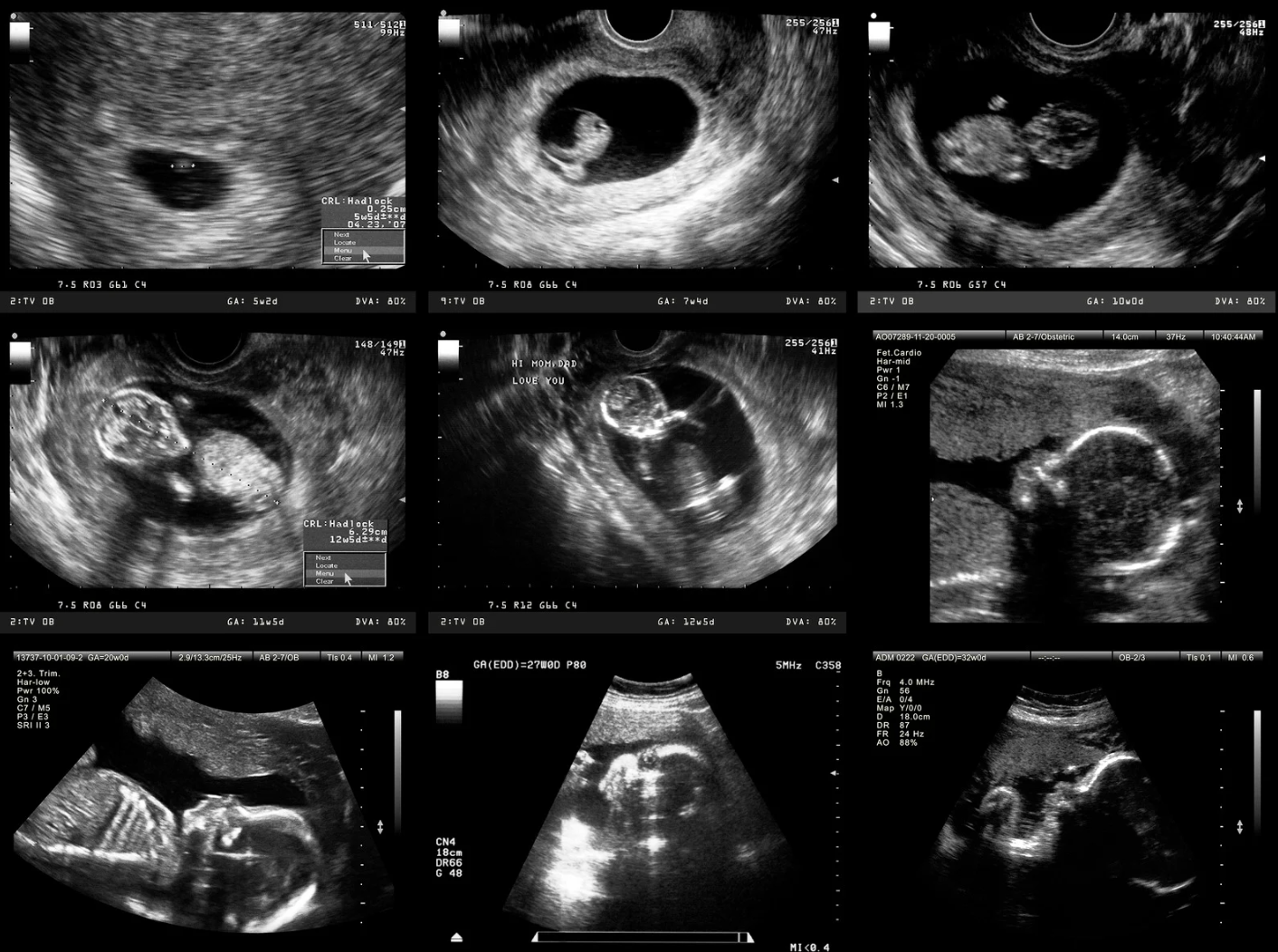Carole Falletta, MS, MA, PMHNP-BC, FNP-BC, RNC-EFM, IBCLC, LCCE Carole is a nurse practitioner with over 30 years of experience in nursing, specializing in women's health, newborn care, and reproductive and postpartum mental health. Actively practicing in healthcare, she supports women and families during the perinatal journey through compassionate, evidence-based care. A dual board-certified nurse practitioner in psychiatric and family health, Carole is also an International Board-Certified Lactation Consultant (IBCLC) and Lamaze Certified Childbirth Educator, combining her clinical expertise and passion for education to empower mothers and babies.
Labor is an incredible, complex process that brings a new life into the world. However, as magical as it is, it doesn’t always go according to plan. One common challenge that many expecting parents face is a labor that doesn’t progress as expected. This can be frustrating, confusing, and even a little scary, but understanding the reasons behind it can help ease some of those concerns. Here’s a friendly guide to why labor might stall and what can be done to get things moving again.

1. The Baby’s Position
One of the most common reasons for stalled labor is the baby’s position in the womb. Ideally, the baby should be head-down and facing your back, but sometimes they’re in a position that makes it harder for them to move through the birth canal. For example, if the baby is facing your belly (occiput posterior), it can make labor longer and more challenging.
What You Can Do: Try different positions during labor to encourage the baby to turn, like getting on all fours, leaning forward, or using a birthing ball. Sometimes, simply changing positions can help the baby move into a better position and get labor progressing again.
2. Insufficient Contractions
Contractions are the engine that drives labor forward, but sometimes they’re not strong or regular enough to make progress. This is known as “uterine inertia” and can happen for a variety of reasons, including exhaustion, dehydration, or stress.
What You Can Do: Staying hydrated, taking breaks when needed, and keeping a calm environment can help. Sometimes, a little time and patience are all that’s needed for contractions to pick up. Your healthcare provider might also suggest walking around, changing positions, or using natural methods like nipple stimulation to encourage stronger contractions.
3. Cervix Isn’t Dilating
For labor to progress, the cervix needs to dilate to about 10 centimeters. Sometimes, the cervix doesn’t dilate as quickly as expected, which can slow down labor. This can happen for various reasons, including if labor started before the body was fully ready or if the baby isn’t putting enough pressure on the cervix to help it open.
What You Can Do: Patience is key here. Your body might just need more time to catch up. If progress continues to be slow, your healthcare provider might suggest interventions like breaking your water (if it hasn’t already) or using medication to help speed things up.
4. Emotional or Psychological Factors
Labor isn’t just a physical process—it’s deeply emotional too. Stress, anxiety, or fear can actually slow down or stall labor by causing the body to produce adrenaline, which can counteract the hormones that trigger contractions. This is sometimes referred to as “labor stalling” due to emotional blockages.
What You Can Do: Creating a calm, supportive environment can make a big difference. Surround yourself with people who make you feel safe and comfortable, whether that’s your partner, a doula, or a close friend. Techniques like deep breathing, visualization, or even a warm bath can help you relax and let your body do its job.
5. Baby’s Size
If the baby is particularly large, it might take longer for them to move through the birth canal, which can slow down labor. This doesn’t necessarily mean you can’t have a vaginal birth, but it might require a little more time and patience.
What You Can Do: Your healthcare provider will keep a close eye on how things are progressing. Sometimes, changing positions or using different labor techniques can help make space for the baby to move down. If labor continues to stall, they might discuss other options, like assisted delivery or a C-section, to ensure the safety of both you and the baby.
6. Pelvic Shape
Every woman’s pelvis is unique, and in some cases, the shape of the pelvis can make it harder for the baby to move through, slowing down labor. This is less common but can be a factor in why labor isn’t progressing as expected.
What You Can Do: If pelvic shape is an issue, your healthcare provider might suggest different positions that can help the baby navigate through the pelvis more easily. In some cases, they might recommend an assisted delivery or C-section if progress remains slow.
7. Fatigue
Labor is hard work, and it’s not uncommon for moms to become exhausted, especially during long labors. When you’re tired, it can be harder to keep contractions going strong, which can cause labor to slow down or stall.
What You Can Do: Rest as much as you can between contractions, and don’t be afraid to ask for help or support. Sometimes, a short nap, a snack, or even just changing positions can give you the energy boost you need to get things moving again.
When Labor Stalls: What Happens Next?
If labor isn’t progressing, your healthcare provider will monitor you and your baby closely. In some cases, labor will eventually pick up on its own with a little time and support. However, if progress remains slow, they might suggest interventions like breaking your water, using Pitocin (a medication to strengthen contractions), or in some cases, a C-section.
Embracing the Journey
Remember, every labor is unique, and just because things aren’t progressing as quickly as you’d like doesn’t mean something is wrong. The important thing is to stay calm, trust your body, and work closely with your healthcare team to find the best path forward. Whether labor takes a few hours or a couple of days, the end result is the same: meeting your beautiful new baby!
Labor is a journey with its own twists and turns, and sometimes that means taking a little detour along the way. Understanding why labor might not progress as planned can help you feel more empowered and prepared to handle whatever comes your way. So take a deep breath, stay positive, and know that you’re doing an amazing job!

Carole Falletta, MS, MA, PMHNP-BC, FNP-BC, RNC-EFM, IBCLC, LCCE Carole is a nurse practitioner with over 30 years of experience in nursing, specializing in women's health, newborn care, and reproductive and postpartum mental health. Actively practicing in healthcare, she supports women and families during the perinatal journey through compassionate, evidence-based care. A dual board-certified nurse practitioner in psychiatric and family health, Carole is also an International Board-Certified Lactation Consultant (IBCLC) and Lamaze Certified Childbirth Educator, combining her clinical expertise and passion for education to empower mothers and babies.



